The global trade ecosystem operates seamlessly thanks to a sophisticated network of ports, ships, and logistics providers. Integral to this network are container yards (CYs), which play a pivotal role in maintaining the efficient flow of goods.
Today, through this blog, we will explore everything about container yards, examining their significance and function within the broader context of international shipping.
What is a Container Yard?
A Container Yard (CY) is a designated area within a port or terminal where containers are stored before they are loaded onto ships or after they have been unloaded. These yards serve as critical nodes in the logistics chain, providing a secure and organized space for the temporary storage of shipping containers.
Container yards facilitate the efficient handling, stacking, and retrieval of containers, ensuring a smooth flow of goods through the maritime shipping process. Their strategic management is essential for maintaining port efficiency and supporting the broader framework of international trade.
How Container Yards Keep the Supply Chain Flowing?
Container yards are the backbone of the global supply chain. Here’s how they play a critical role:
- Staging Ground for Cargo: Containers arrive filled with goods from various locations. CYs act as a temporary holding bay, organizing them before they’re loaded onto ships for their onward journey. This allows for efficient cargo management and ensures ships are loaded strategically for optimal space utilization.
- Welcome Center for Incoming Containers: Once a ship docks and unloads, the containers return to the CY. Here, they’re meticulously checked, sorted, and stored until they’re picked up for onward transportation by trucks or trains or held for customs clearance.
- Saving Space, Saving Time: Ports are prime real estate, and space is at a premium. By providing a dedicated storage area for containers, CYs prevent congestion at the docks, allowing ships to be loaded and unloaded quickly. This translates to faster turnaround times and keeps the entire supply chain running smoothly.
In the next part, we’ll explore the different types of container yards, how they operate, and how they are managed.
Functions and Management of Container Yards
Now that we understand the core purpose of container yards (CYs), let’s learn and explore the symphony of activities that keep these hubs running.
Think of a CY as a multi-functional facility catering to the needs of containers throughout their journey.
Here’s a breakdown of its key functions:
- Storage Powerhouse: Of course, the most apparent function is storage. CYs provide secure and organized storage for full and empty containers awaiting their next move. This allows shipping lines and logistics companies to manage their container fleets efficiently.
- Pre-Shipping Holding Bay: Not all containers head straight onto ships. Some require temporary holding before being loaded. CYs act as a staging ground for these containers, ensuring they’re readily available when needed and minimizing delays at the ship’s arrival.
- Consolidation Central: Combining smaller shipments into larger containers is often more efficient in international shipping. CYs become consolidation centers where individual cargo is grouped, maximizing ship space utilization and streamlining transportation costs.
Understanding Who Manages a Container Yard
Efficient management is the lifeblood of a CY. Two key players take center stage:
- Terminal Operators: These companies oversee the overall operation of the CY, ensuring smooth workflow, resource allocation, and adherence to safety protocols. They’re the conductors of the CY orchestra, making sure all instruments (equipment, personnel) play their part.
- Stevedores: These highly skilled professionals are responsible for physically handling containers within the CY. They operate the cranes, stack containers strategically, and ensure these massive boxes’ safe and efficient movement. Think of them as the virtuosos of the CY, wielding their expertise with precision.
The Balancing Act: Key Activities for Smooth Operations
Managing a CY involves a delicate balancing act between various activities:
- Crane Operations: Cranes are CY’s workhorses responsible for lifting, stacking, and retrieving containers. Efficient crane operations are crucial for minimizing turnaround times and ensuring the safety of workers and containers.
- Space Management: Every square meter of a CY is valuable. Optimizing space management involves strategically placing containers based on size, weight, and the next destination. This ensures efficient use of available space and minimizes unnecessary movement of containers.
- Maintenance Matters: Keeping the CY’s equipment, from cranes to trucks, in top condition is paramount. Regular maintenance ensures smooth operations, prevents breakdowns, and minimizes safety risks.
By mastering these functions and activities, CY managers ensure their facilities operate like well-oiled machines, keeping the global supply chain flowing efficiently.
In the next part, we’ll explore the difference between Container Yards, Freight Stations, and Inland Container Depots.
Also Read: Common Types and Sizes of Shipping Containers
Exploring and Understanding the Difference Between Container Yards, Freight Stations, and Depots
The world of containerized shipping can seem like a labyrinth, with terms like container yards (CYs), container freight stations (CFSs), and inland container depots (ICDs) thrown around. Therefore, this section will equip you to navigate these facilities and understand their distinct roles confidently.
A detailed breakdown:
| Facility | Location | Primary Function | Storage | Handling | Processing & Preparation |
| Container Yard (CY) | Seaport | Temporary storage and handling of full container loads (FCLs) | Used for FCLs before loading or after unloading from ships | Loading/unloading ships using cranes | Limited processing for FCLs |
| Container Freight Station (CFS) | Near seaport | Consolidation, processing, and storage of less-than-container loads (LCLs) | Short-term use for LCL consolidation, long-term for customs clearance | Unpacking, repacking, & consolidation of LCLs | Customs clearance, documentation, packing, & unpacking for LCLs |
| Inland Container Depot (ICD) | Inland (major cities, industrial hubs) | Similar services to CFS for LCLs cater to geographically dispersed clientele. | Used for LCLs, cargo destined for landlocked locations | Similar to CFS, handles higher volume due to inland location | Identical to CFS, it focuses on land-based transportation |
In essence, CYs are the busy portside hubs for FCLs, CFSs are the consolidation and processing centers near ports for LCLs, and ICDs are the inland extensions of ports offering similar services but catering to a geographically dispersed clientele and focusing on land-based transportation.
By understanding these distinctions, you’ll be well-equipped to navigate the world of containerized shipping confidently!
Understanding Container Yard Operations
We’ve explored the purpose and players in the container yard (CY) arena. Let’s learn and witness the intricacies of activities that keep these hubs humming.
From Arrival to Onward Journey: The Life Cycle of a Container in a CY
Imagine a container arriving at the CY. Here’s what unfolds:
- Arrival and Inspection: Upon arrival, the container undergoes a thorough inspection. Its condition, seals, and markings are meticulously checked to meet international safety and security standards. Damaged containers might be directed to repairs within the CY or external facilities.
- Strategic Storage Space
Once cleared, the container finds its designated spot within the CY. Specialized software and experienced personnel ensure optimal space utilization. Factors like container size, weight, next destination, and dwell time (time spent in the CY) all influence placement. This strategic storage minimizes unnecessary movement and optimizes crane operations.
- Repairs and Maintenance
Minor repairs can often be handled within the CY itself. The CY might have dedicated maintenance crews or collaborate with external repair companies for more complex issues. Ensuring container integrity is crucial for safe and efficient transportation.
Usage of Specialized Equipment for Smooth Operations
CYs rely on a range of sophisticated equipment to keep operations flowing:
- Rubber-Tired Gantry (RTG) Cranes
These are the workhorses of the CY. These massive cranes, straddling multiple container rows, are adept at lifting, stacking, and retrieving containers precisely and quickly.
- Reach Stackers for Flexibility
Reach stackers offer more flexibility compared to RTGs. They can maneuver within narrower aisles and stack containers higher, maximizing storage capacity in specific areas of the CY.
- Prime Movers for Onward Travel:
Heavy-duty prime movers equipped with trailers transport containers within the CY and to external destinations. Efficient coordination between these trucks and crane operations ensures smooth container flow.
Adapting to Needs: Variations in Processes
While core operations remain similar across CYs, there can be variations based on:
- Company Requirements: Some shipping lines might have specific container handling and storage protocols within their designated CY areas.
- International Standards: CYs adhere to international regulations regarding container safety and security, such as those set by the International Organization for Standardization (ISO).
- Type of Cargo: Handling hazardous materials or temperature-controlled containers might require specialized procedures and designated storage areas within the CY.
By understanding these diverse processes, we gain a deeper appreciation for the intricate world of container yard operations, a world that keeps the global supply chain humming efficiently.
Also Read: Difference Between a Consignor and Consignee: Meanings and Definitions
Benefits of a Shipping Container Yard
Container yards (CYs) are more than just storage facilities; they support global trade by streamlining processes and maximizing efficiency. Let’s explore the treasure trove of benefits they offer.
Optimal Space Management
Imagine a city where buildings maximize vertical space. That’s the magic of CYs. Here’s how they conquer the challenge of limited space:
- Vertical Stacking: Unlike warehouses with horizontal limitations, CYs leverage the strength of containers and employ towering cranes to stack containers vertically, maximizing storage capacity within a defined footprint.
- Multi-Purpose Marvels: CYs aren’t just passive storage units. They often house designated areas for container repairs, customs clearance, and even basic cargo consolidation, optimizing space utilization by incorporating additional functionalities.
Flexibility: Adapting to Diverse Needs
Container Yards offer a level of flexibility that’s crucial in today’s ever-changing shipping landscape:
- A Home for All Cargo: From towering containers filled with electronics to refrigerated units carrying perishables, CYs can accommodate various cargo types, ensuring each container finds its appropriate storage space.
- Scalability for Busy Seasons: During peak shipping periods, CYs can adapt by strategically stacking containers and utilizing temporary off-site storage solutions to handle increased cargo volumes.
- Security First: CYs prioritize security. Perimeter fencing, CCTV surveillance, and access control systems ensure the safety and integrity of valuable cargo stored within the facility.
Efficiency at its Finest
Container Yards play a pivotal role in streamlining the entire shipping process:
- Accessible Transportation Hub: Located near ports, CYs provide a central hub for the efficient movement of containers between ships, trucks, and trains. This minimizes unnecessary transportation legs and optimizes delivery times.
- Faster Loading and Unloading: The strategic organization of containers within the CY allows for swift crane operations, accelerating ship loading and unloading, ensuring quicker turnaround times, and reducing port congestion.
- Cost-Effective Operations: By maximizing space utilization, minimizing unnecessary transportation, and facilitating efficient cargo handling, CYs contribute significantly to cost savings throughout the supply chain.
In conclusion, container yards are the organizational powerhouses of the shipping industry. They optimize space, offer unmatched flexibility, and ensure efficient and cost-effective cargo movement. Understanding their advantages gives us a deeper appreciation for the intricate dance that keeps global trade flowing smoothly.
Also Read: Top Freight Forwarding Companies in 2024
Types of Shipping Services and Notations
Container yards (CYs) are central to various shipping services, each with distinct delivery points. Let’s decipher these service types:
Understanding Delivery Options: CY-CY, Door/CY, CY/Door, and Door/Door services
Imagine a container ready for its journey. Here’s how the delivery location is determined:
- CY-CY (Container Yard to Container Yard): This is the most basic service. The container moves between designated CYs at the origin and destination ports. The shipper and receiver are responsible for collection and delivery at these CYs.
- Door-to-CY: The shipping line handles container delivery to the shipper’s door (usually a warehouse) at the origin point. However, the receiver collects the container from the destination CY.
- CY-to-Door: This flips the script. The shipping line picks up the container from the shipper’s door at the origin but delivers it only to the destination CY. The receiver then arranges onward transportation.
- Door-to-door: This is the most comprehensive service. The shipping line handles everything, from picking up the container at the shipper’s door to delivering it to the receiver’s door.
Bill of Lading (BL) and its Significance
Think of the Bill of Lading (BL) as the passport of your container. It’s a crucial shipping document issued by the carrier, acknowledging receipt of the cargo for transportation. It serves several vital functions:
- Contract of Carriage: The BL is a legal contract between the shipper, the carrier (shipping line), and the receiver. It outlines the terms and conditions of transportation, including the origin, destination, type of cargo, and responsibilities of each party.
- Proof of Ownership: The BL serves as a document of title. Whoever holds the endorsed (signed over) BL is considered the legal owner of the cargo. This is crucial for facilitating trade finance, where banks often require the BL as collateral before releasing funds.
- Record of Condition: The BL documents the apparent condition of the cargo upon receipt by the carrier. This serves as a reference point in case of any damage during transportation.
Understanding BL notations is essential, as they convey specific details about the shipment. Common notations include “said to contain” (STC), indicating the shipper’s declaration of contents, and “clean on board” (COB), signifying that the cargo was received in good external condition.
Understanding FCL, CFS, and LCL Shipments
Understanding the different types of container shipments and the facilities involved in international shipping is essential. Let’s explore Full Container Loads (FCL), Less-than-Container Loads (LCL), and Container Freight Stations (CFS).
Full Container Load (FCL)
Full Container Load (FCL) refers to using an entire container by a single shipper. This type of shipment is typically used when the volume of goods is enough to fill a whole container or when the shipper prefers not to share the container with others.
- Advantages:
- Security: The risk of damage or loss is minimized since the container is sealed and used by only one shipper.
- Speed: FCL shipments generally move faster as there are no delays caused by consolidating or deconsolidating cargo.
- Cost-Effective for Large Volumes: FCL can be more economical for large shipments as the cost per unit of freight is often lower than LCL’s.
Looking for a FCL Door-to-Door Logistic Company? Get in touch with us now!
Container Freight Stations (CFS)
Container Freight Stations (CFS) are facilities where LCL shipments are consolidated and deconsolidated. These stations are critical in the logistics chain, especially for LCL shipments.
- Functions of CFS:
- Consolidation: At the origin, individual LCL shipments are brought to a CFS, which is consolidated into a single container for transportation.
- Deconsolidation: At the destination, the container is taken to a CFS, where the individual shipments are separated and prepared for delivery to their respective receivers.
- Additional Services: CFSs often offer value-added services such as customs clearance, packing, and unpacking, providing a one-stop solution for LCL shippers.
Understanding the role of Container Freight Stations can help businesses make informed decisions about their shipping strategies.
This knowledge ensures that cargo reaches its destination smoothly, efficiently, and cost-effectively.
Case Study- Seamless Consolidation of Diverse Shipments with Intoglo
When shipments from five different sellers across India, each with unique product categories such as handicrafts, textiles, and rugs, needed to be consolidated and shipped together, Intoglo provided an efficient and comprehensive solution.
Intoglo’s Solution:
- Coordination: Intoglo coordinated properly with all shippers to align the departure with the vessel schedule, preventing any delays.
- Advance Notification: Intoglo informed the Container Freight Station (CFS) in advance about the five shipments arriving at various times, ensuring smooth processing.
- Compliance Checks: Each product category underwent thorough compliance checks before dispatching from their respective warehouses, guaranteeing all regulatory requirements were met.
Result:
- Consolidation and Loading: All shipments were successfully consolidated at Nhava Sheva. The container was efficiently stuffed and loaded onto the vessel.
- Hassle-Free Shipment: The consolidated shipment moved seamlessly from India to the USA without any issues.
- Efficient Clearance: Separate customs clearance was performed for the five shipments simultaneously, ensuring swift and efficient processing.
By choosing Intoglo, businesses can enjoy hassle-free, coordinated shipping solutions that ensure timely and compliant deliveries across international borders. For seamless logistics and expert handling of diverse shipments, contact Intoglo today.
Conclusion
For businesses looking to streamline their shipping processes, Intoglo offers a comprehensive door-to-door shipping service from India to the USA. We reduce costs and expedite delivery times by eliminating intermediaries, ensuring a seamless and efficient logistics experience.
Contact us today to optimize your international shipping needs and ensure your cargo reaches its destination swiftly and securely.


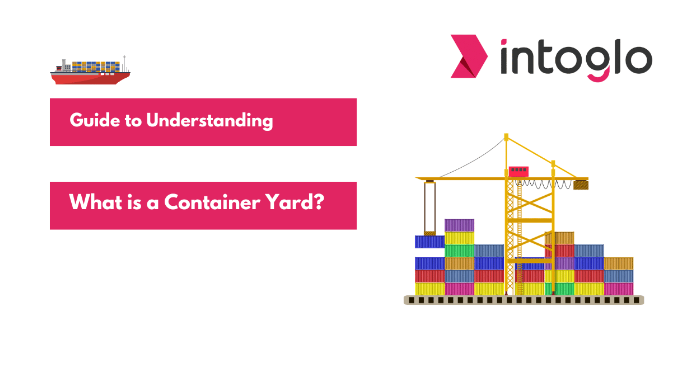


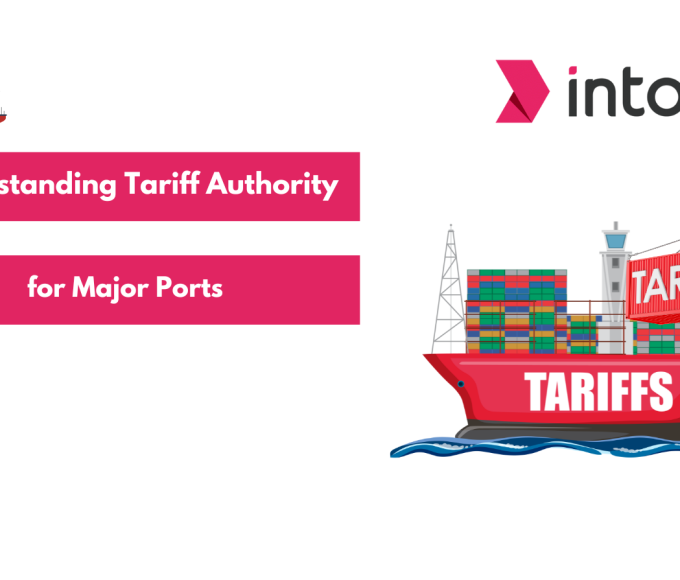
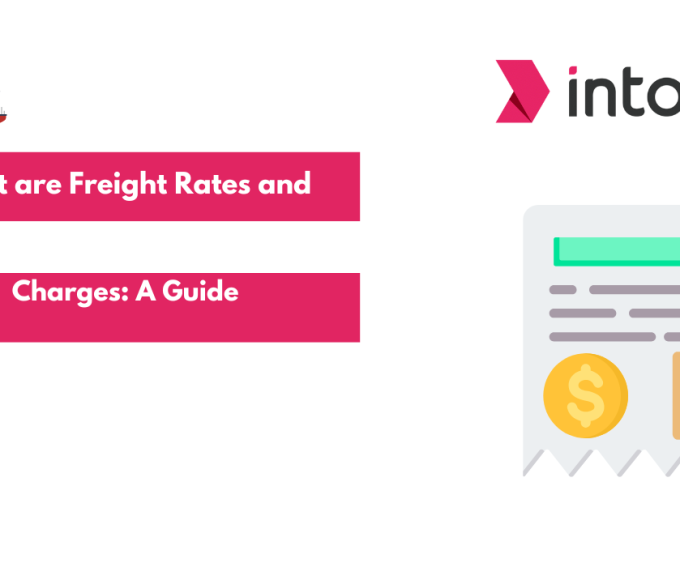
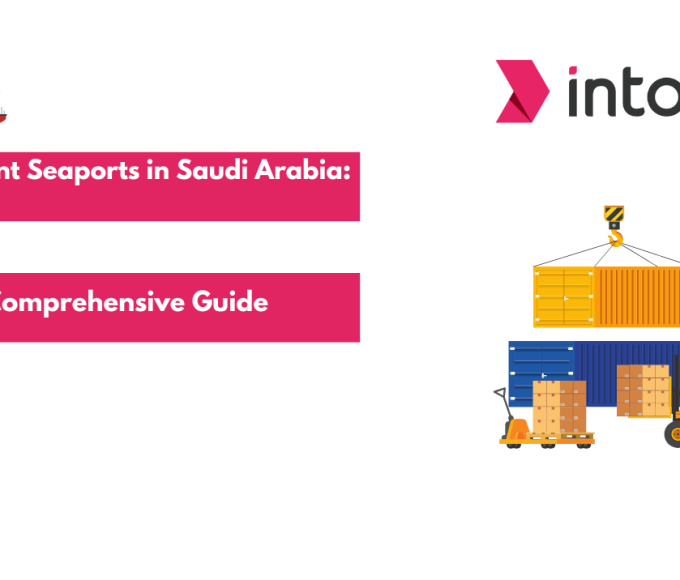
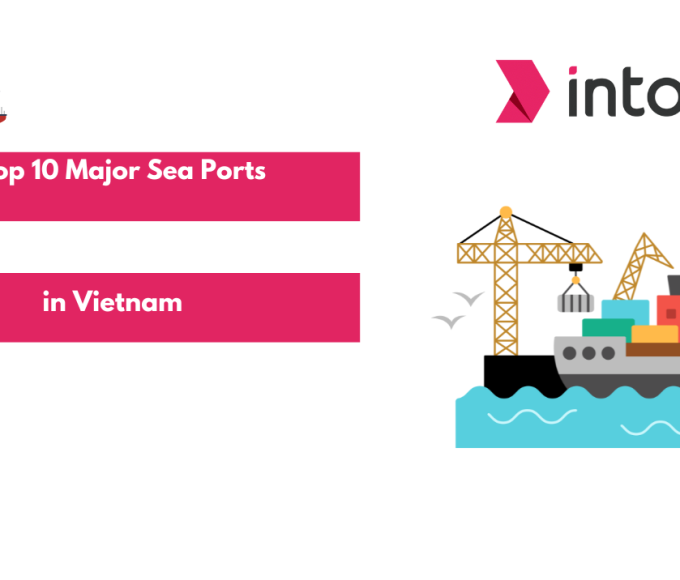
Leave a comment